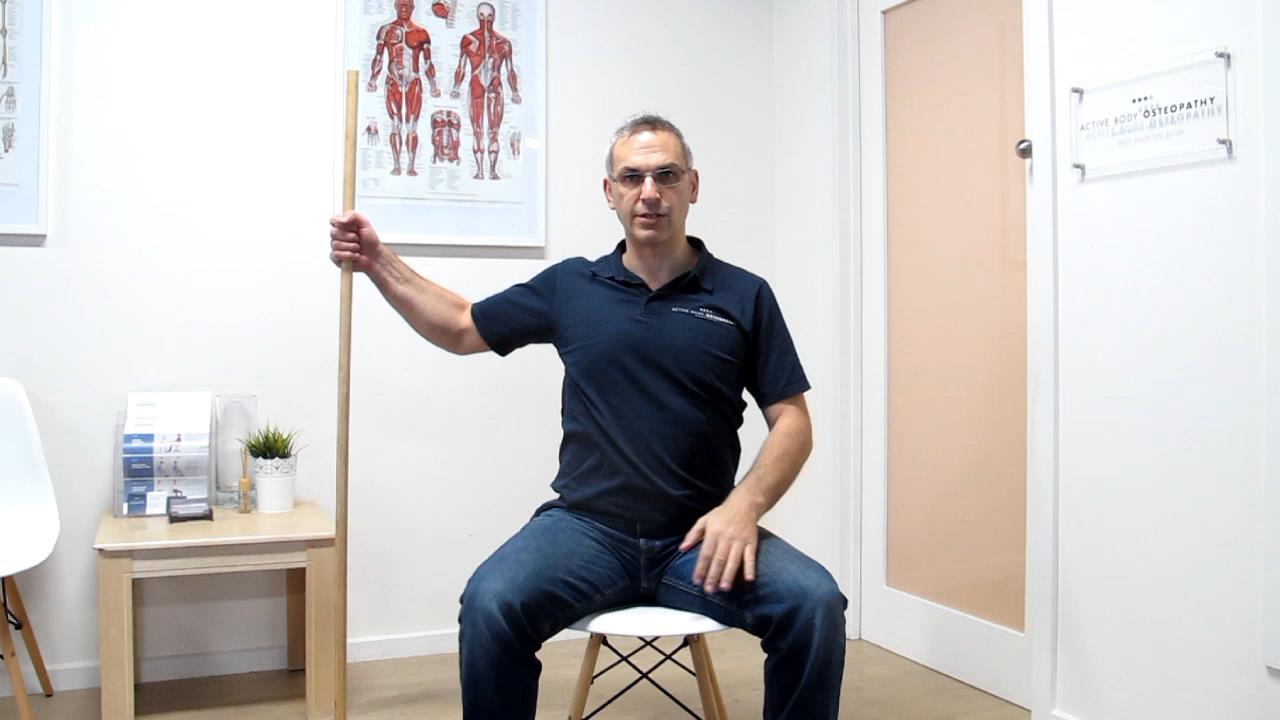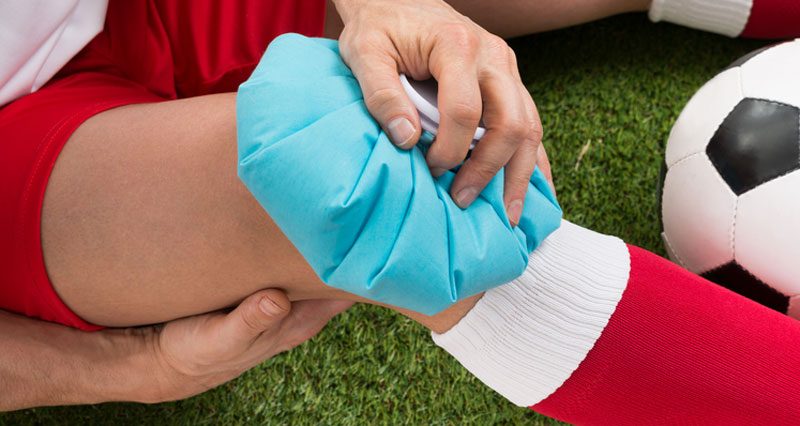How to Set Up Your Workspace
Ergonomics is a fancy word to describe how your physical environment interacts with your body. In the workplace it’s about setting up your workstation to limit physical strain and enable you to work efficiently and safely minimising fatigue and discomfort. This involves analysing how you interact with your monitor, keyboard, mouse, desk and chair. It also involves incorporating more movement into your day, so there’s less time spent sitting.
If you are anything like me you too will be a little guilty of hunching over your desk while working for hours on end without getting up to move and stretch especially when you need to meet that important deadline at work. The problem is that doing so day after day and year after year can lead to postural strain placing excessive stress on joints and muscles leaving you susceptible to back, neck and hand pain, headaches, eye strain and overuse injuries.
The good news is there are simple ways to help reduce the health risks associated with all the sitting you do at work.
Natural Sitting Posture
The first thing you need to consider when designing your workspace is to determine your natural sitting posture. You can easily do this by sitting in your chair keeping your feet on the floor facing forward and your hands in your lap. Allow your shoulders to relax and tilt your pelvis so that your tailbone points downward. In this position your spine should feel balanced and your ribs and back should be able to move freely as you breathe. This is your natural sitting posture and you will want to design your workspace around this.
Keyboard and Mouse
When your mouse and keyboard aren’t in an ergonomically friendly position, you’ll be less likely to sit in your natural posture. Your keyboard and mouse should be flat on the table and close to your body. Your keyboard and mouse should be positioned where your elbows are relaxed and close to your body at a 90- degree angle. Your wrist should be relaxed and straight with minimal bending which will reduce muscle load while you type. Make sure your mouse is shoulder-distance apart from your keyboard.
Reposition Your Monitor
Your monitor should be an arm’s length from where you normally sit. You can check this by sitting in your natural posture and extending your arm making sure that the tip of your middle finger can touch your screen. Your monitor should be tilted back at an angle between 10 – 20 degrees and the top of the screen should be at eye level. If you work with two monitors, place them side by side and don’t leave any gap between them.
Adjust Your Armrests
Remember that 90-degree angle we were talking about? Position your armrests at a height and position that supports your arms as you use your keyboard and mouse. Rest your elbows at a 90-degree angle.
Adjust Your Seat and Backrest
First, you need to ensure that your chair is the right fit for your size and body shape. If you’re squeezed in too tight, or you have too much room between you and your armrests, you need a chair that fits. Then, in your natural posture, adjust your seat and your backrest in a way that allows you to sit all the way back into the chair leaving 2 – 3 fingers’ width distance between the front of the chair and the back of your knees. All while maintaining your elbows on your armrest and that 90-degree angle to your keyboard and mouse.
Adjust Your Chair Height
Your seat should be adjusted to the height of your desk. At the right height, you’ll feel very little pressure on your thighs. Your feet are pointed forward either resting on a footrest or flat on the floor. The height of your seat is key to reducing lower back pain.
Get Up and Move Around
Even after you’ve incorporated workspace ergonomics into your day, you still shouldn’t be sitting there for the whole day. Take micro breaks regularly. You should stand up from your desk even if it’s just for 30 seconds and give your eye muscles a break by focusing on objects at a distance further than your monitor. Incorporate desk stretches into your day to get your blood flowing. Ideally take these mini breaks as often as 15 – 20 minutes but if this is not possible try for every hour.





